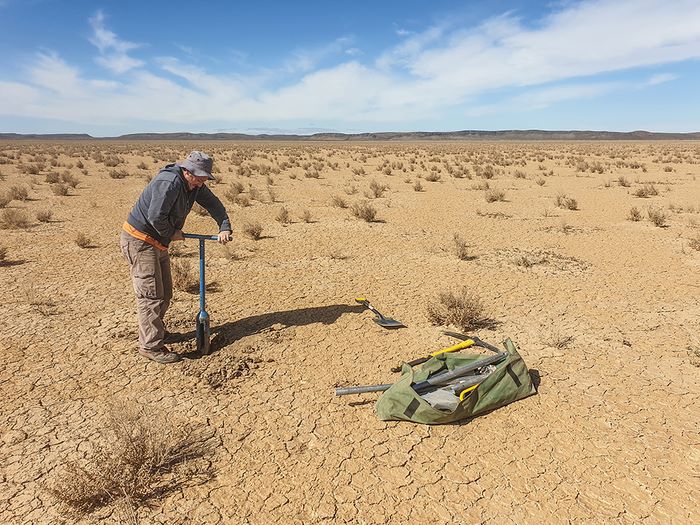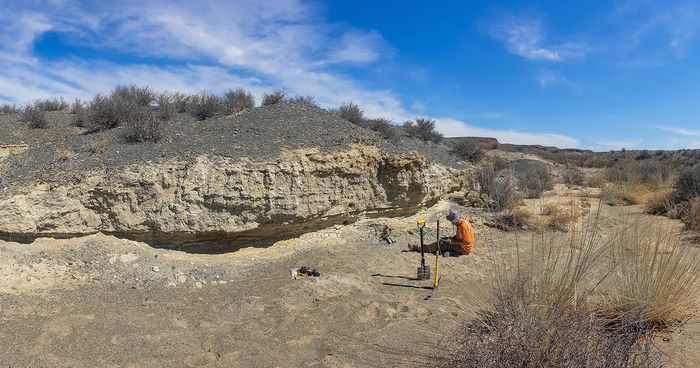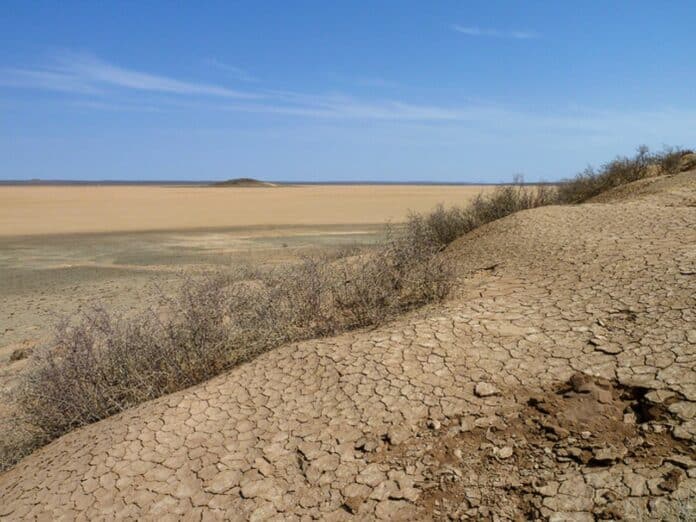South Africa’s late Pleistocene archaeological record is renowned for having a wealth of information on early Homo sapiens, yet it is still biased towards the continent’s edges. The abundance of coastal rock shelters and the alleged connections between high aridity in the continental interior and glacial eras have historically given the impression that the continent’s interior was unfriendly to human life during protracted glacial times.
Combining geological data and physically based distributed hydrological modeling, a research team led by the University of Leicester has discovered new evidence for the presence of ancient lakes in some of the most arid regions of South Africa. The study suggests that Stone Age humans may have been more widespread across the continent than previously thought. Moreover, it may reveal more about our ancient ancestors and their movements.
According to recent research by a multinational team of scientists from South Africa, the United Kingdom, the United States, and France, the interior of South Africa, which is now dry, once supported several large bodies of water during the last Ice Age, particularly between 50,000 and 40,000 years ago and again 31,000 years ago. Notably, the team could simulate how much water was needed to fill these palaeo-lakes, which made it possible to reconstruct the climatic changes required to form lakes and their effects on the region’s hydrology, flora, and fauna.

Team member Dr. Andrew Carr from the University of Leicester School of Geography, Geology and the Environment said: “This is currently the best evidence for when these lakes existed. This region has been a gap on the map, climatically and archaeologically. We know humans were present during the last ice age, as archaeological materials are scattered across the landscape surface. This new work hints at when and why humans used this landscape.”
“These areas look inhospitable today but were seemingly much less so at times in the past, and this has implications for when and how groups of people used the landscape and potentially how they were connected and exchanged ideas.”
“It also tells us something about the sensitivity of ecosystems and environments to global climatic change. You can see how these desert landscapes can respond significantly to global climate changes and understand how the human species responded and how adaptable it would have been.”
From the arid western interior of South Africa to as far east as Kimberley, the researchers looked at three lakes. They assessed the sizes and capacity of the lakes in addition to dating the shorelines using radiocarbon and luminescence dating techniques. The circumstances required to form the investigated lakes would have resulted in significant changes in the region’s numerous (now ephemeral) rivers and lakes as the water table rose, according to computer simulations of regional hydrology.

Dr. Carr added: “The next step is to look for sites where we can do more direct dating of the occurrence of stone tools in this region. The work shows that, at times, the region offered a range of resources, and the archaeological ‘gap on the map’ is much more likely to reflect the lack of sites preserving deep archaeological deposits.
“The region is quite challenging for archaeology as most materials lie in the open on the desert surface with no stratigraphic context – hence it’s very difficult to know how long it’s been there.”
Journal Reference:
- Andrew S. Carr, Brian Chase, et al. Paleolakes and socioecological implications of last glacial “greening” of the South African interior. PNAS. DOI: 10.1073/pnas.2221082120
